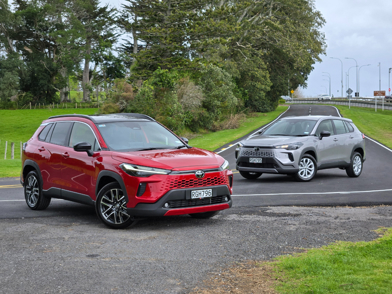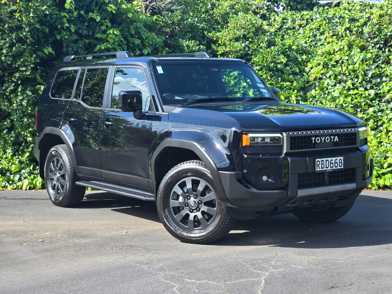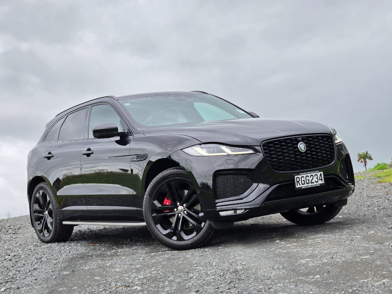We like the Jaecoo J7. Chery’s SUV-focused export brand has served up a compact/medium SUV with Land Rover styling vibes that’s budget-friendly, decent to drive and in AWD form, can even handle some light off-roading.
Click here to read our full review of the Jaecoo J7 EX AWD
It’s been petrol-only to date. But it’s 2025, so the next step has to be a hybrid. And this is it: the J7 “Super Hybrid System” (SHS), which matches a 105kW/215Nm 1.5-litre turbo-petrol engine with a substantial 18.3kWh battery and single 150kW/310Nm electric motor.
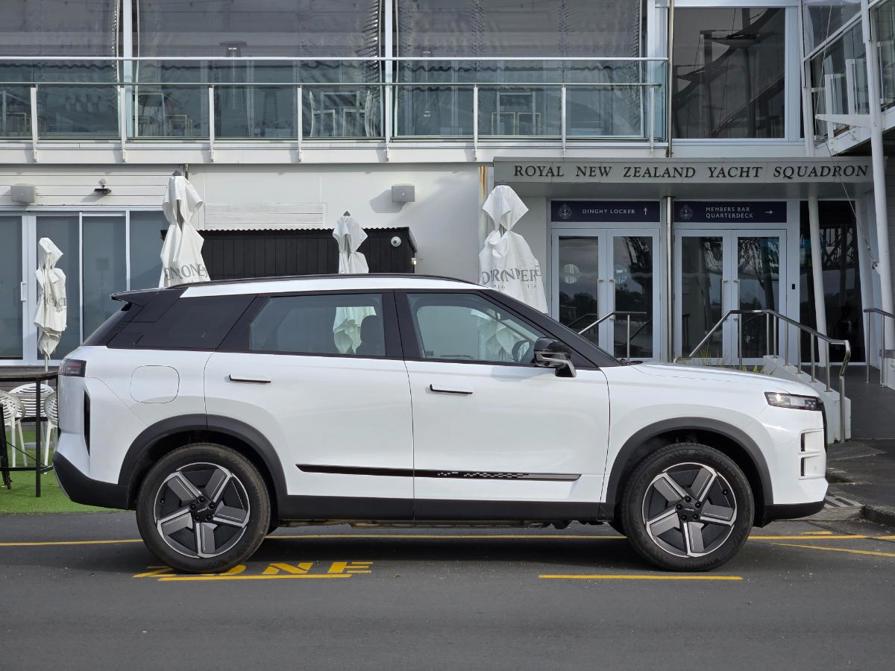
Naturally, the headline figures are eco-related: a WLTP electric-only range of 90km (yes, it will genuinely do 80-90km) and a potential overall hybrid range of 1200km.
At $49,990, this looks like a lot of big-battery electrified-SUV for the money, when the J7 EX AWD is already $43,990. Although the SHS’s single-motor status means it’s FWD-only (no off-roading for this one, then), so the $37,990 EX FWD is probably a more appropriate comparison.
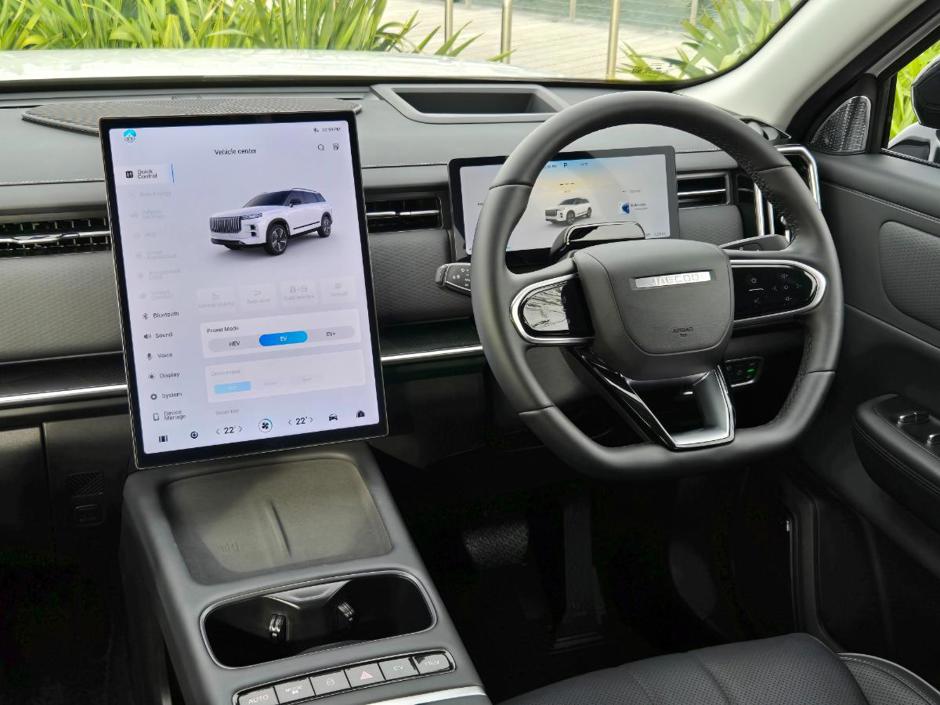
This is a hybrid that aims to give an EV-like driving experience. Not just because of the big electric range (you can DC fast-charge it at public stations at up to 40kW, by the way), but because even in hybrid mode, the electric motor does most of the driving; the petrol engine mostly makes electricity, although it can step in to drive the wheels above 80km/h. Not that you’ll necessarily hear it, because Jaecoo has done a clever job of suppressing ICE-noise to maintain the EV ambience.
It’s as smooth as expected in EV mode, save a bit of stickiness in the traffic-crawl when you’re trying to ease along at stop-start speeds. But the adaptive cruise is a good solution for that.
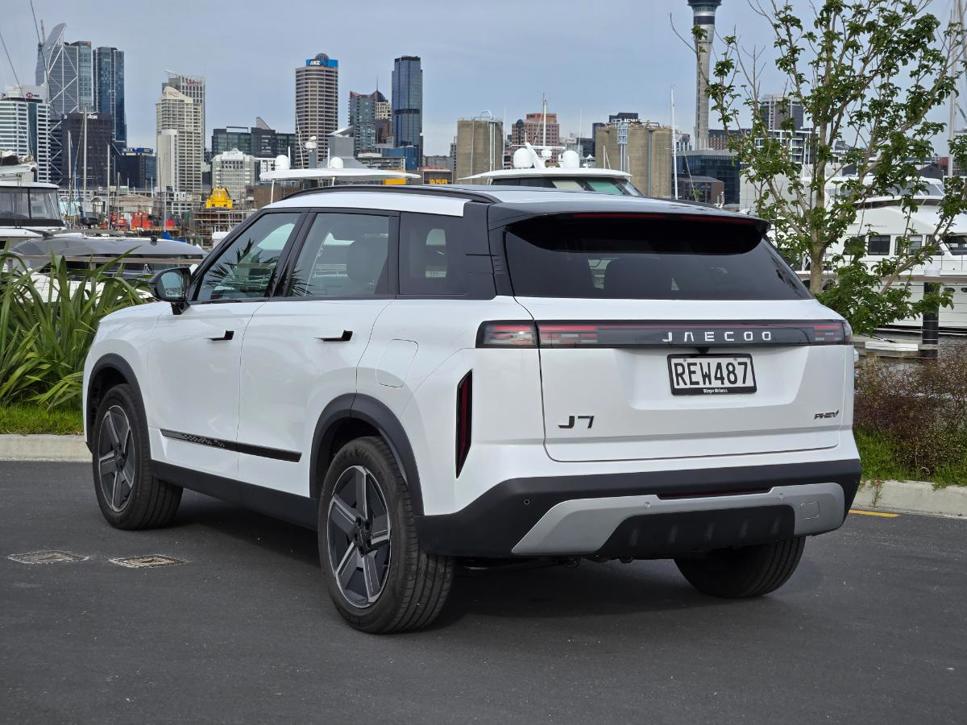
There’s a lot of combined power for a small SUV, but it’s still no ball of fire. Perky for sure, with instant torque from the electric motor; but remember, that single 150kW motor is doing most of the work. The 105kW petrol unit is either dormant, or spinning quietly away in generator mode. You only get everything together at open-road speeds, when you give the go-pedal a big push.
You could (and should) drive this as a pure-electric car most of the time. You’ll need to keep it charged up above 30%, because below that you can’t manually select EV Mode; the car then defaults to HEV, although it still runs in electric as much as it can.
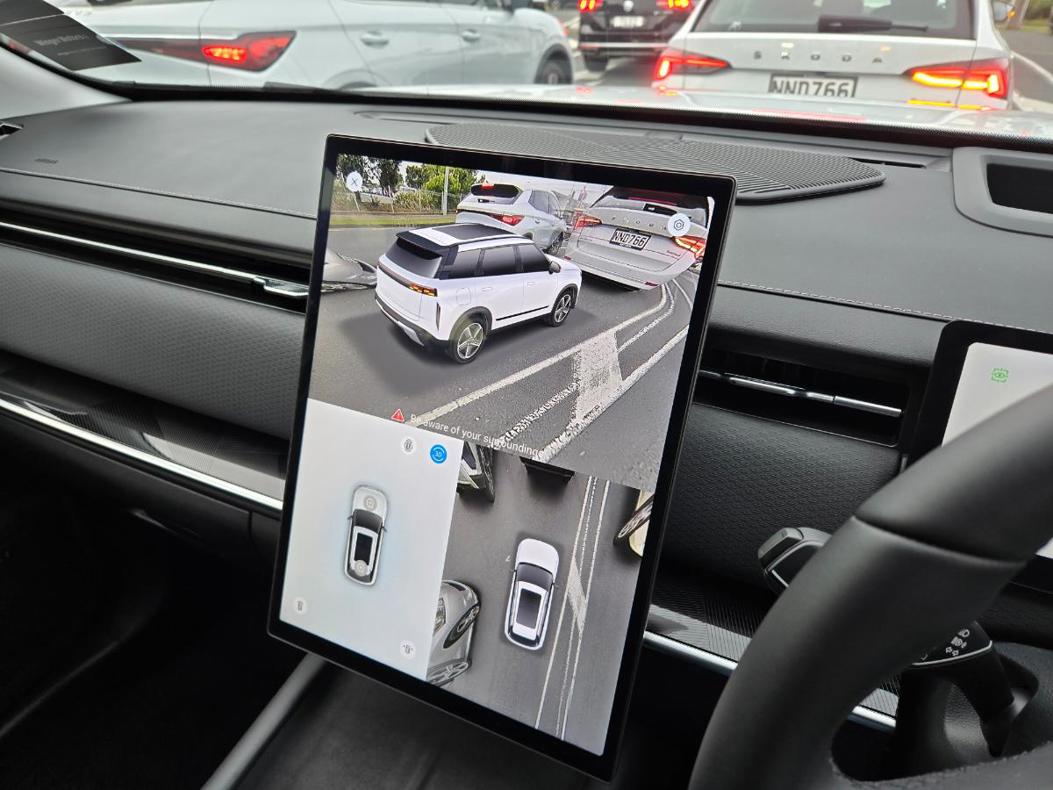
The EV experience extends to the cabin. A different console and door trims gives the SHS a more minimalist interior style than the standard J7; the gear selector has moved to the steering column and the physical controls for the side mirrors have been removed from the door and put into the infotainment menu, which is kind of annoying to be honest - although you can set them to auto-dip (left, right or both) when you select Reverse.
And that new gear selector really emphasises the leisurely way the transmission changes ratios. The position of the lever at your fingertips encourages quick flicking between Drive and Reverse in a 3-point turn, for example, but there’s a lengthy pause required before the next ratio will engage; and you have to be at a completel stop. Complete stop.
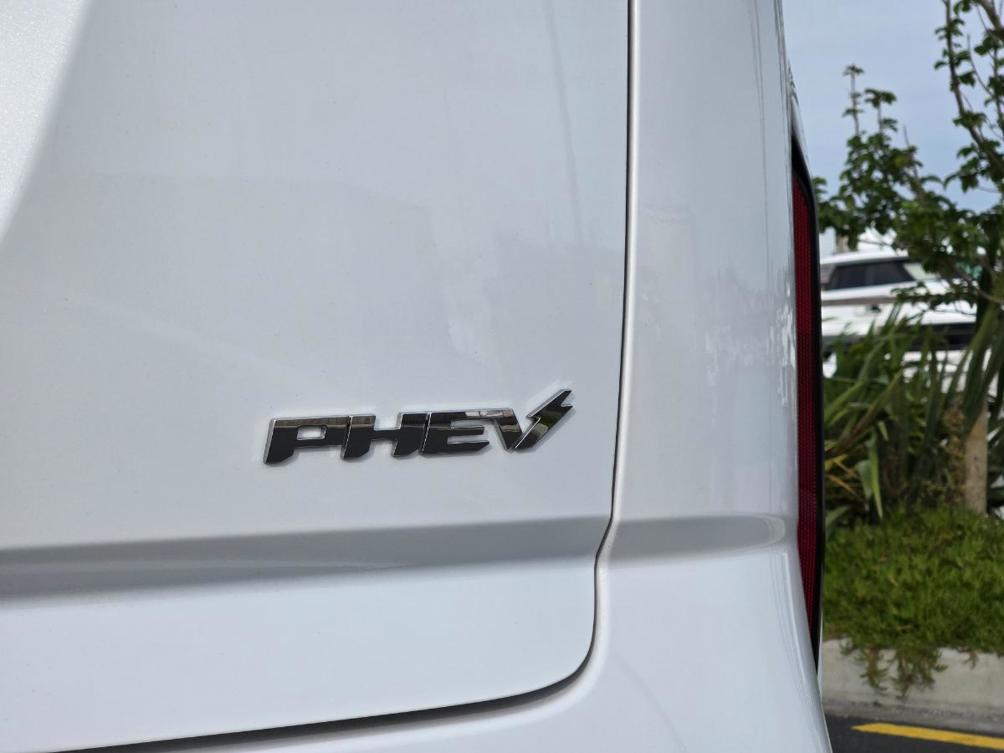
The J7 SHS is twist-and-go. No start button, you just get in, fasten your seatbelt and select Drive. With full auto-lock and unlock, it really is a techy, hands-free experience; when the petrol unit’s running, it’s pretty weird to just get out and walk away, leaving the combustion-engine to shut itself down and the car to lock.
This car won’t wow you with its driving dynamics, although the EV part is nicely calibrated. The steering is way too light, the ride a bit nervous over low-frequency bumps and the handling tidy, but potentially ponderous if you’re in a sporty mood. Much of that can be put down to the extra 260kg weight over the petrol J7 FWD. Bootspace is well down on the petrol FWD, too: 340 litres versus 424, although it’s the same as the AWD.
But you’ll be buying this model because you’re interested in the combination of the J7’s cool style, interior quality and deeply impressive new plug-in hybrid technology. And that all works beautifully together.













